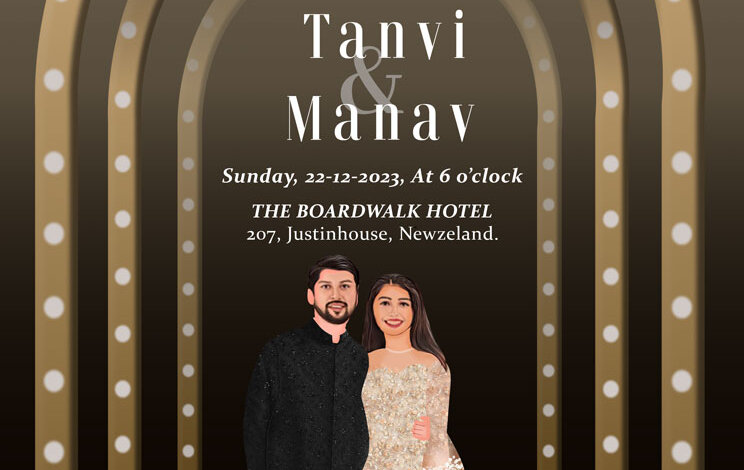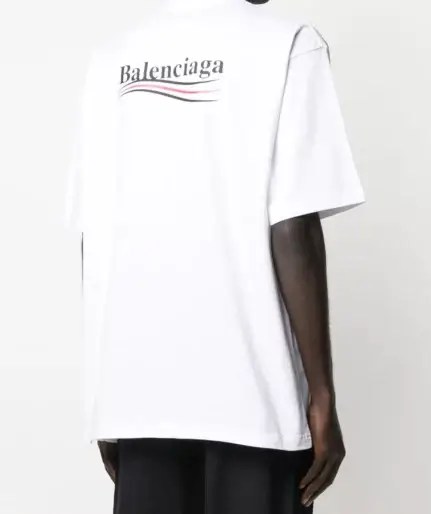Colour Wonderlands: Painting Love and Dreams on Your Wedding Invitation Card

Introduction
Your wedding day is a canvas of love, dreams, and cherished moments. Just as an artist carefully selects each brushstroke to create a masterpiece, crafting the perfect wedding invitation involves meticulous attention to detail and a deep understanding of the emotions you wish to convey. Wedding Card Invite are more than just informational cards; they are the first glimpse into the beauty and joy of your special day. This guide explores how to create wedding invitation cards that paint a wonderland of love and dreams, leaving a lasting impression on your guests.
The Significance of Wedding Invitations
Wedding invitations are a crucial element of your wedding planning process. They set the tone for the entire event, offering your guests a preview of what to expect. A beautifully designed invitation reflects your wedding theme, personal style, and the significance of your union. It also serves as a keepsake that you and your loved ones can treasure for years to come.

Choosing the Right Invitation Style
Selecting the right style for your wedding invitation is the first step in creating a memorable card. The style should align with your wedding theme and personal preferences. Here are some popular styles to consider:
- Classic Elegance: Timeless and sophisticated, classic invitations feature elegant fonts, clean lines, and a subtle color palette. They are ideal for traditional weddings and formal events.
- Rustic Charm: For couples planning a countryside or outdoor wedding, rustic invitations with natural elements like kraft paper, twine, and botanical illustrations create a warm and inviting feel.
- Modern Minimalism: If you prefer a sleek and contemporary look, modern invitations with bold typography, geometric patterns, and ample white space can make a striking impression.
- Vintage Glamour: Evoke the romance of a bygone era with vintage-inspired invitations featuring ornate details, lace patterns, and sepia tones.
- Bohemian Whimsy: For a free-spirited and artistic vibe, bohemian invitations with vibrant colors, eclectic patterns, and whimsical illustrations are perfect.
Personalizing Your Invitation
Personalization is key to making your Cards of Invitation unique and meaningful. Here are some elements to consider:
- Monograms and Logos: Incorporate a custom monogram or logo that represents you and your partner. This adds a personal touch and a sense of unity.
- Photos: Including a photo of you and your partner makes your invitation more personal and memorable. Choose a favorite picture from your engagement shoot or a candid moment that captures your love.
- Quotes and Poems: Adding a meaningful quote, poem, or a line from your favorite song can give your invitation a sentimental touch. Choose words that reflect your relationship and the significance of your wedding day.
- Color Scheme: Customize the colors of your invitation to match your wedding theme. Whether you choose soft pastels, bold jewel tones, or classic black and white, the color scheme sets the mood for your event.
- Typography: Select fonts that complement your style and ensure that the text is legible. Combining different fonts can add visual interest, but be careful not to overdo it—two or three fonts are usually sufficient.
Crafting the Perfect Wording
The wording of your wedding invitation is just as important as its design. It should convey all the necessary information clearly and concisely, while also reflecting the tone and formality of your wedding. Here’s a basic structure to follow:
- Host Line: Traditionally, the host line indicates who is hosting the wedding. This could be the couple’s parents, the couple themselves, or a combination of both. For example, “Mr. and Mrs. John Smith request the honor of your presence” or “Together with their families, Sarah and Michael invite you to celebrate their marriage.”
- Request Line: This line formally invites your guests to the event. Phrases like “request the honor of your presence” or “invite you to celebrate” are commonly used.
- Names of the Couple: The names of the bride and groom are usually highlighted in the invitation. Traditionally, the bride’s name precedes the groom’s.
- Date and Time: Clearly state the date and time of the ceremony. For formal invitations, the date is often written out in full, such as “Saturday, the fifteenth of June, two thousand and twenty-four.”
- Venue: Include the name and address of the wedding venue. If the reception is at a different location, provide those details as well.
- Dress Code: If there is a specific dress code, mention it on the invitation. Phrases like “Black Tie” or “Cocktail Attire” help guests know what to expect.
- RSVP Information: Provide clear instructions for how and when guests should RSVP. This could be a separate RSVP card, an email address, or a wedding website.
Selecting the Right Materials and Finishes
The choice of materials and finishes can significantly impact the look and feel of your wedding invitation. Opt for high-quality paper stock that feels substantial and luxurious. Popular choices include cotton, linen, and recycled paper. Consider special printing techniques such as letterpress, foil stamping, or embossing to add a touch of elegance and sophistication. These details can elevate your invitation from ordinary to extraordinary.
Printing and Assembly
After finalizing the design and wording of your wedding invitation, it’s time to consider the printing and assembly. Here are some tips to ensure your invitations are printed to perfection:
- Proofreading: Carefully proofread your invitation to ensure there are no typos or errors. It’s a good idea to have multiple people review it before sending it to print.
- Envelope Selection: Select envelopes that complement your invitation design. You may also choose to add liners for an extra touch of luxury.
- Assembly: If your invitation includes multiple pieces (such as an RSVP card and map), assemble them neatly. Use belly bands, wax seals, or ribbon to keep everything together.
Sending Your Invitations
Timing is crucial when sending out your Wedding Invitation. Ideally, invitations should be mailed 6-8 weeks before the wedding date. This gives your guests ample time to make arrangements and RSVP. For destination weddings or holiday weekends, consider sending them even earlier, around 10-12 weeks in advance.
Digital vs. Physical Invitations
In today’s digital age, some couples opt for digital invitations, which can be more environmentally friendly and cost-effective. However, physical invitations have a tangible quality that digital ones lack. They can be kept as keepsakes and often make a stronger impression. If you choose to go digital, ensure your e-invitation reflects the same level of elegance and personalization as a physical one.
Conclusion
Crafting the perfect wedding invitation is a blend of art and function. It’s an opportunity to showcase your style, share your love story, and set the stage for your special day. By carefully selecting a template, personalizing the design, choosing the right wording, and paying attention to printing and assembly, you can create an invitation that you and your guests will cherish forever. Remember, your wedding invitation is the first step in a series of beautiful moments leading up to your wedding day—make it count.
Creating a wedding invitation that encapsulates the wonderland of love and dreams is a task that requires creativity, attention to detail, and a deep understanding of the message you wish to convey. Let your wedding invitation be a beautiful prelude to the magical day that lies ahead, a tangible representation of the love story that you and your partner share.





